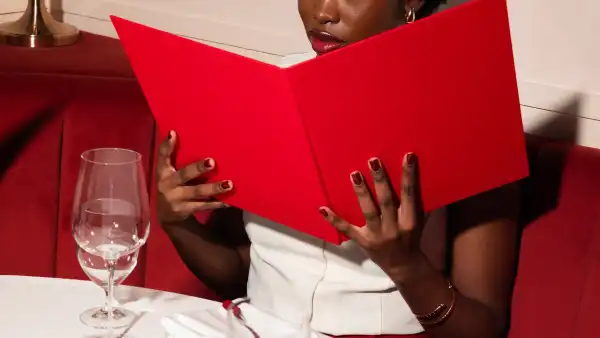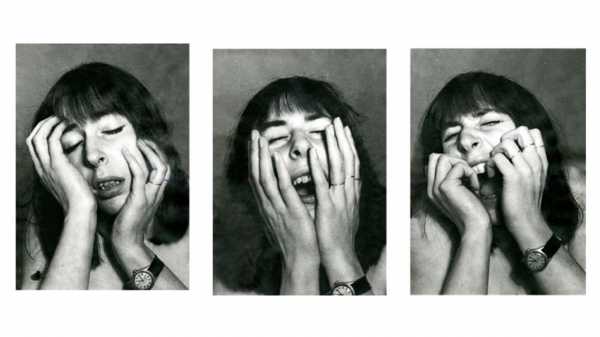
In 1975, Janice Guy, a twenty-two-year-old British art student on an exchange program in Germany, had work in a group exhibition at the Museum Wiesbaden. The show’s title, “But Last Time You Said You Didn’t Make Art,” was prophetic. After graduate school, Guy embarked on a promising career as a conceptual photographer, earning a one-woman show at the taste-making Cologne gallery Rolf Ricke, where artists like Donald Judd and Richard Serra also gained momentum in their early years. Then a grant that she received, in 1980, enabled her to move to Rome. Young artists travel light. As Guy packed up her prints and negatives, her friend Thomas Struth, a photographer who is now so renowned that he needs no introduction—just ask the Queen of England—offered to store them in his basement, and he held onto Guy’s experimental self-portraits for years. By 1982, she had quit making art to become a gallerist. She moved to New York, where she remains a well respected, if low-key, figure on the international scene, best known as the co-proprietor of Murray Guy, a thinking person’s gallery—more Kunsthalle than commercial showcase—which closed in 2017. She continues to exhibit the work of others, but in recent years her first act as an artist has found a second life.
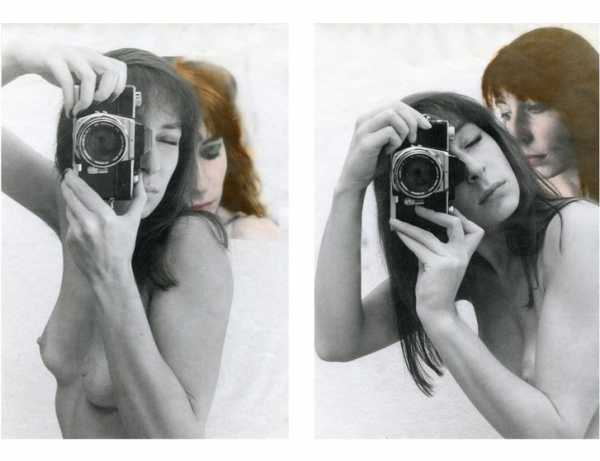
“Untitled,” 1979.
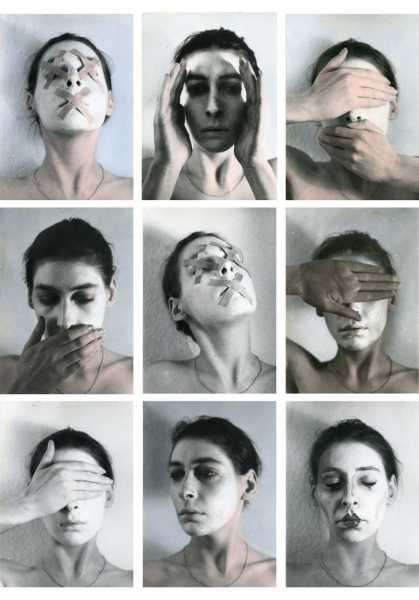
“Untitled,” 1976.
In 2007, Guy retrieved her pictures from Struth’s storage facility. The occasion was a show at White Columns, the venerable downtown nonprofit space, spotlighting the work of six art dealers who started as artists (one surprising inclusion was the power player Jeffrey Deitch). But it wasn’t until a 2015 solo outing at Cleopatra’s, the side project of a group of enterprising young women with day jobs in New York galleries, that interest in Guy’s work began to intensify. Last year, Hunters Point Press published Guy’s first eponymous monograph, a beautiful, slender book. Until March 9th, you can see Guy’s early work on view at the Upper East Side gallery Higher Pictures.
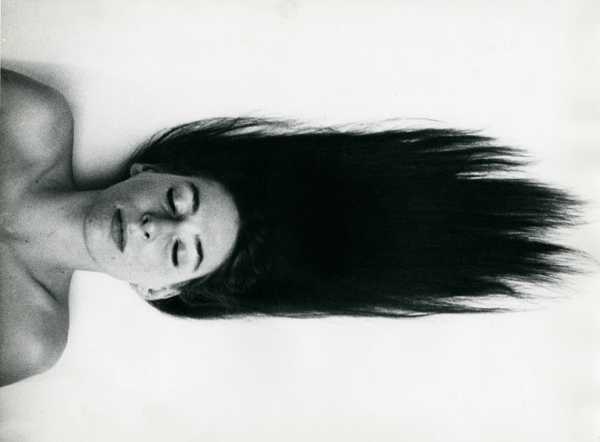
“Untitled,” 1976.
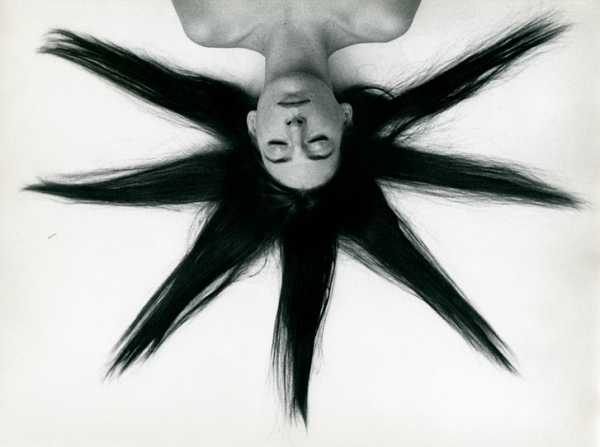
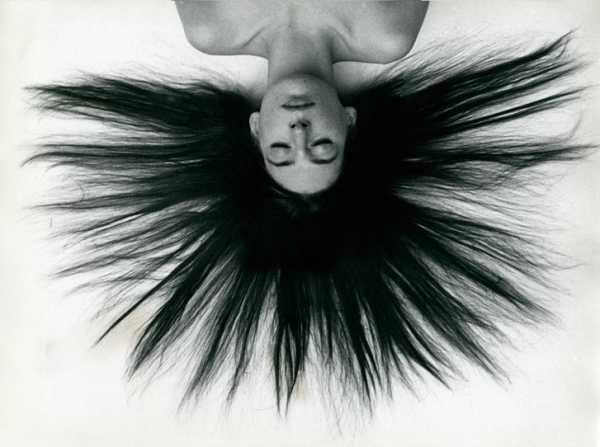
Why now? One answer might be that the era of #MeToo has heightened our interest in seeing women control their own images, and the rediscovery of a beautiful twentysomething artist turning the lens on herself—and often on her naked body—is an empowering narrative. There is also no doubt that, in recent years, the revival of once sidelined women who are now A.A.R.P.-eligible, has become a cottage industry in the art world. But the pictures that Guy made between 1975 and 1981 deserve the attention that they’re getting (which includes the acquisition of one by the Met). They flesh out art history, bringing an introspective feminist consciousness to a typological tradition with roots that reach back to the portraits of August Sander.
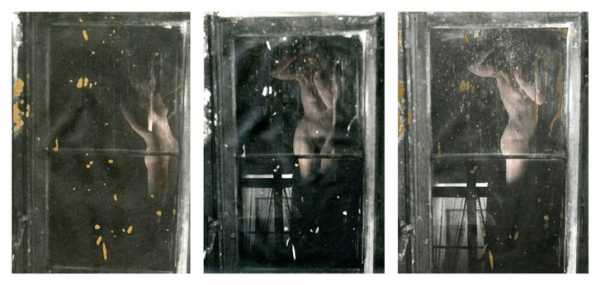
“Untitled,” 1980.
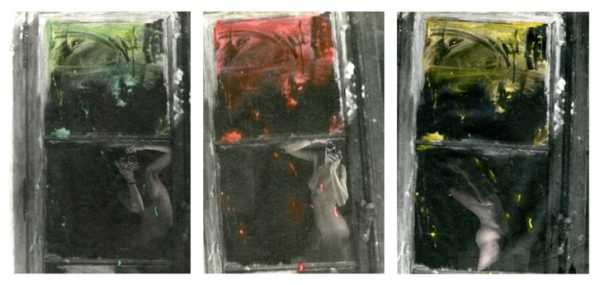
“Untitled,” 1980.
Sander’s macrocosmic mission was the classification of the German character; Guy’s modest aim, like that of so many young women, was to classify the microcosm of herself. Guy studied photography at the Kunstakademie Düsseldorf with Sander’s acolytes Bernd and Hilla Becher, the esteemed German husband-and-wife team, best known for their exhaustive studies of vernacular buildings—series after series of same-but-different water towers, say, installed in grids. You can see their typological influence in Guy’s early work, but it’s the architecture of affect that interests her, as seen in a grid of nine hand-tinted head shots, in which she wears the chalk-white makeup of a mime. Another series captures the artist enacting a range of moods: screaming Janice, I-can’t-even Janice, Janice in tears. (The latter is the rare reminder that Guy’s pictures are student work; it’s the umpteenth homage to Bas Jan Ader’s iconic 1970 self-portrait “I’m Too Sad to Tell You.”) In Guy’s most enduring pictures, a mechanism replaces a mood: a camera partly or wholly obscuring her face as she photographs herself, using a mirror. This image too, plays a call-and-response with history, recalling the modernist Ilse Bing and her complex 1931 picture of a woman and her Leica, “Self-Portrait in Mirrors,” a single shot that yielded a double take of the artist, simultaneously facing us with her camera and turning away. Years later, Bing told an interviewer, “I didn’t choose photography, it chose me.” The same might be said of Guy, who then returned the favor by fostering the careers of other lenswomen (An-My Lê, Moyra Davey), until her past circled back to choose her again.
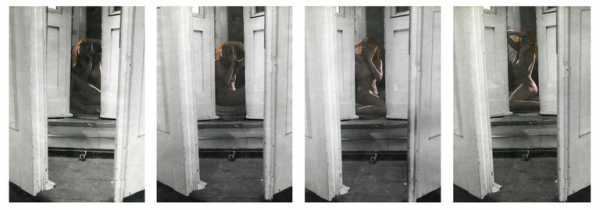
“Untitled,” 1979.

“Untitled,” 1979.
Sourse: newyorker.com


